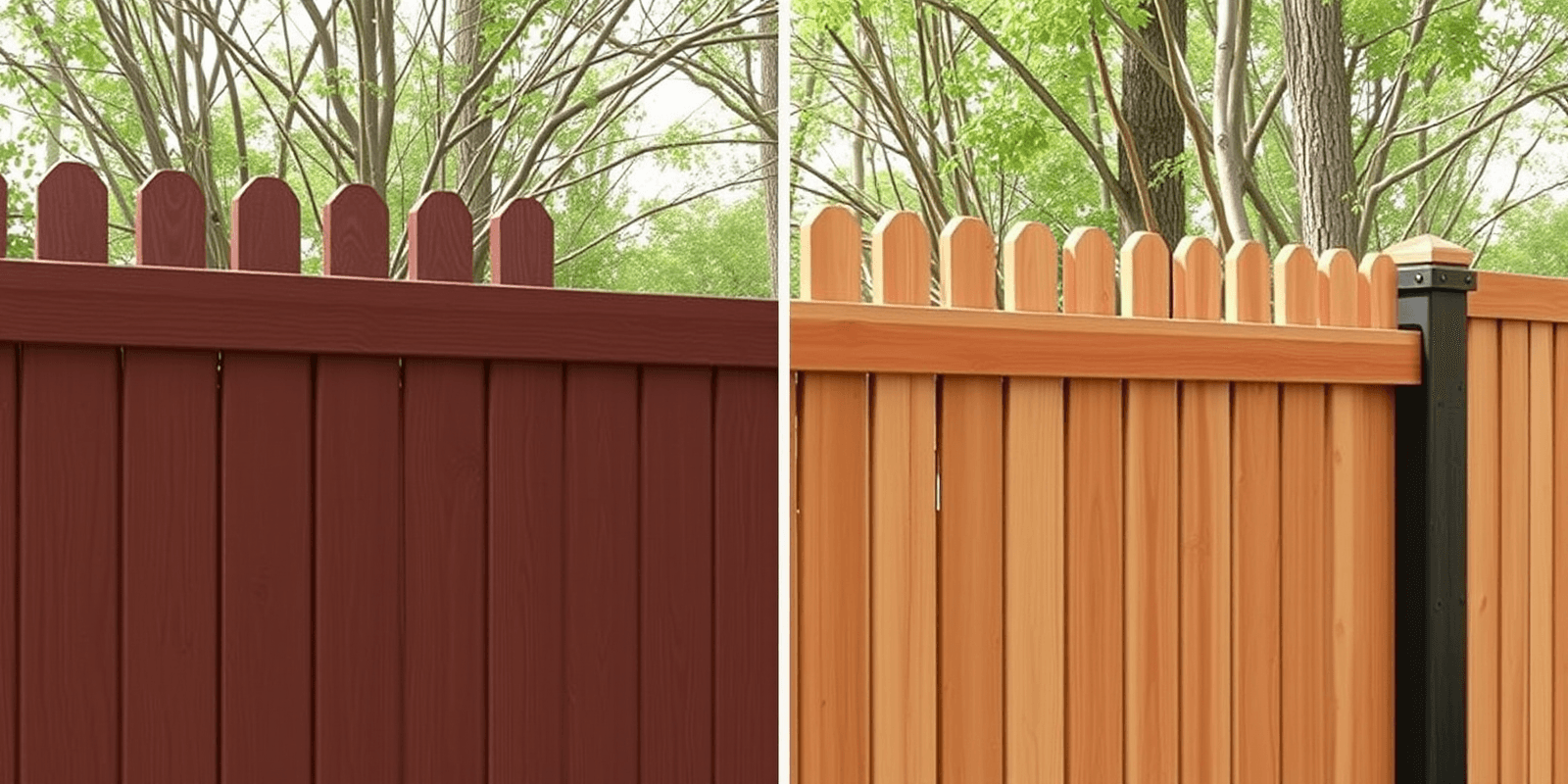Physical Address
304 North Cardinal St.
Dorchester Center, MA 02124
Physical Address
304 North Cardinal St.
Dorchester Center, MA 02124

Explore the key differences between traditional wood fencing and composite fencing panels. Find out which option is better for your needs.
When it comes to enhancing the security and aesthetics of your property, choosing the right type of fencing is crucial. Two popular options on the market today are traditional wood fencing and composite fencing panels. Both materials offer unique advantages and disadvantages that can influence your decision-making process. This article aims to provide a comprehensive comparison between these two types of fencing, focusing on aspects such as cost, longevity, appearance, and environmental impact.
One of the primary considerations when selecting a fencing material is the cost. Traditional wood fencing often appears more affordable upfront, but this can be misleading. The initial installation costs for wood fences might be lower, but they require frequent maintenance, including painting or staining every few years. In contrast, composite fencing panels are typically more expensive at the outset but offer significant long-term savings due to their durability and minimal upkeep requirements. According to a study by the National Association of Home Builders, composite fencing can last up to three times longer than wood, reducing overall lifetime costs (NAHB, 2021).
The longevity of a fence is another critical factor in its overall value. Traditional wood fencing is susceptible to rot, warping, and insect damage, which can significantly reduce its lifespan. On average, wood fences need replacement every 10 to 15 years, depending on local weather conditions and maintenance practices. Conversely, composite fencing panels are made from a blend of recycled wood fibers and plastic resins, making them resistant to moisture, rot, and insects. They can last up to 25 years with minimal maintenance, such as occasional cleaning (Composite Panel Association, 2022).
Aesthetically, both types of fencing can enhance the look of your property. Wood fencing offers a natural, rustic charm that many homeowners find appealing. It can be stained or painted in various colors to match the exterior of your home. However, over time, wood can fade, peel, or develop an unsightly appearance if not maintained properly. Composite fencing panels, on the other hand, come in a variety of styles and colors that mimic the look of wood without the associated maintenance. They retain their color and shape over time, providing a consistent and attractive appearance (HomeAdvisor, 2023).
From an environmental perspective, both materials have their pros and cons. Traditional wood fencing uses virgin timber, which can contribute to deforestation if sourced unsustainably. However, using reclaimed wood can mitigate some of these concerns. Composite fencing panels, while made from recycled materials, involve a manufacturing process that consumes energy and emits greenhouse gases. Nevertheless, they significantly reduce waste by utilizing recycled plastics and wood fibers. Additionally, their extended lifespan means less frequent replacement, further minimizing environmental impact (EPA, 2022).
In conclusion, both traditional wood fencing and composite fencing panels have their merits and drawbacks. While wood fences may seem like a more economical choice initially, their higher maintenance needs and shorter lifespan can lead to greater long-term costs. Composite fencing panels, despite being pricier upfront, offer superior durability, lower maintenance requirements, and a consistent aesthetic appeal. When considering environmental factors, composite panels can be seen as a more sustainable option due to their extended life cycle and use of recycled materials. Ultimately, the choice between these two types of fencing should be based on individual preferences, budget constraints, and long-term goals.
National Association of Home Builders, Composite Panel Association, HomeAdvisor, Environmental Protection Agency.